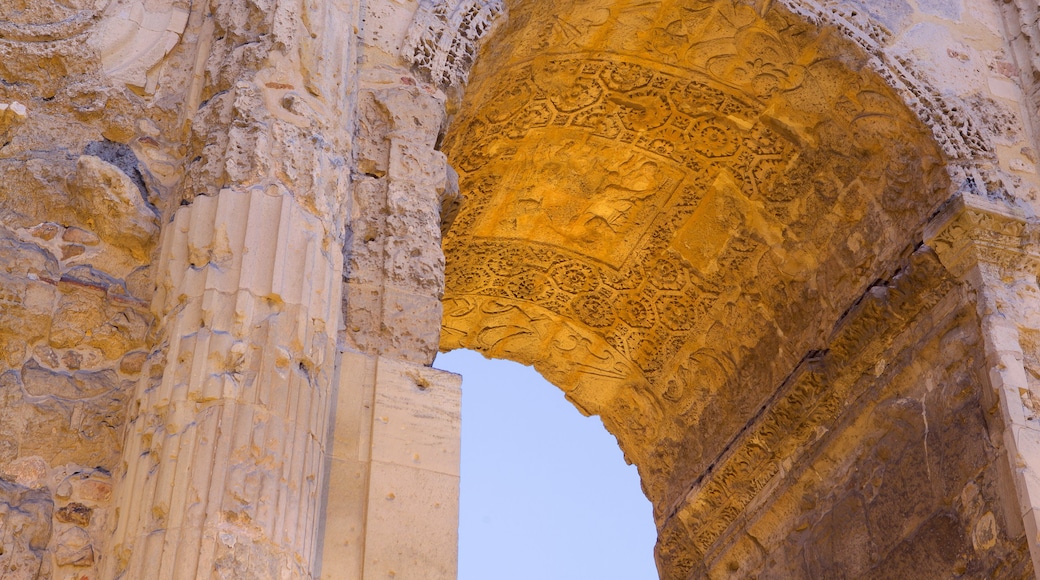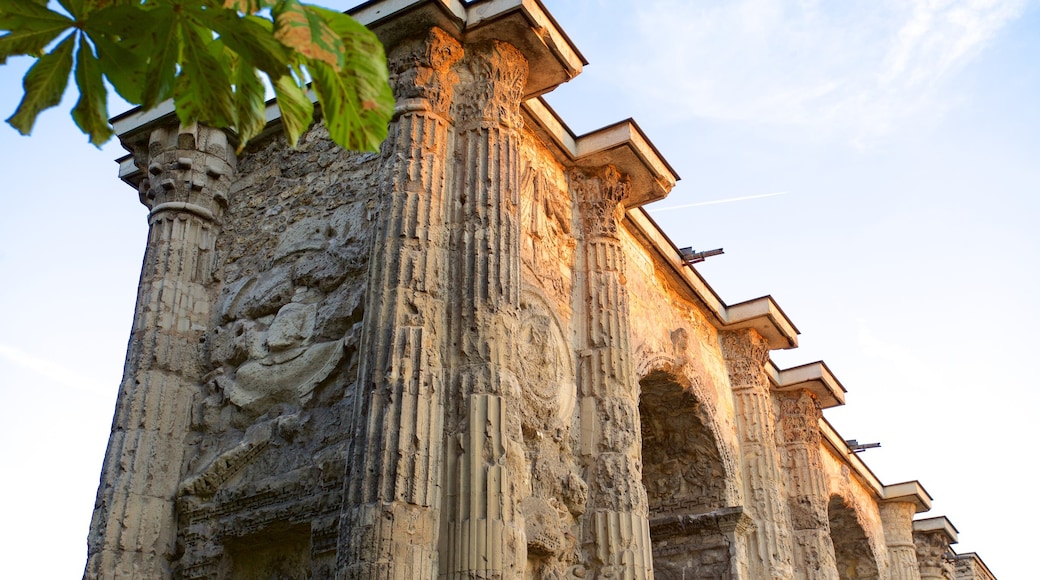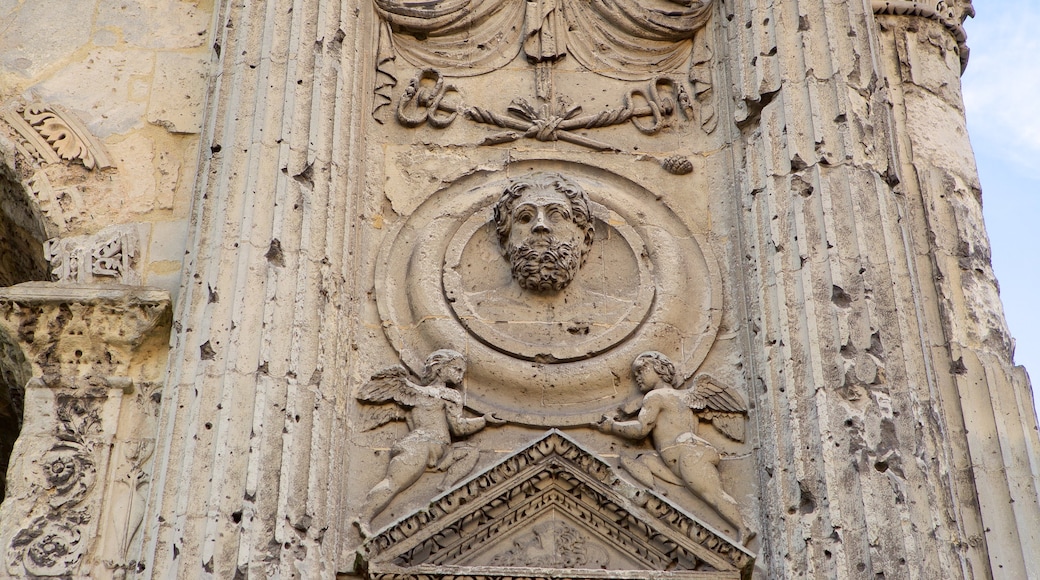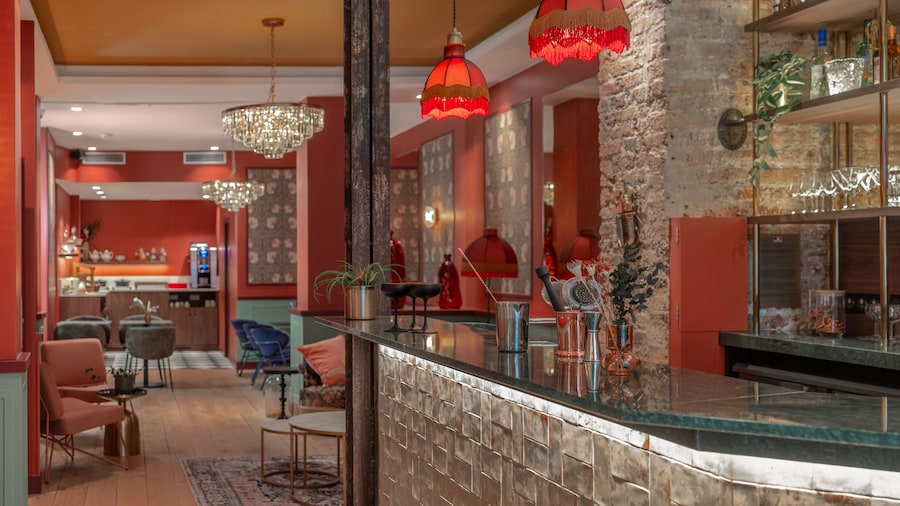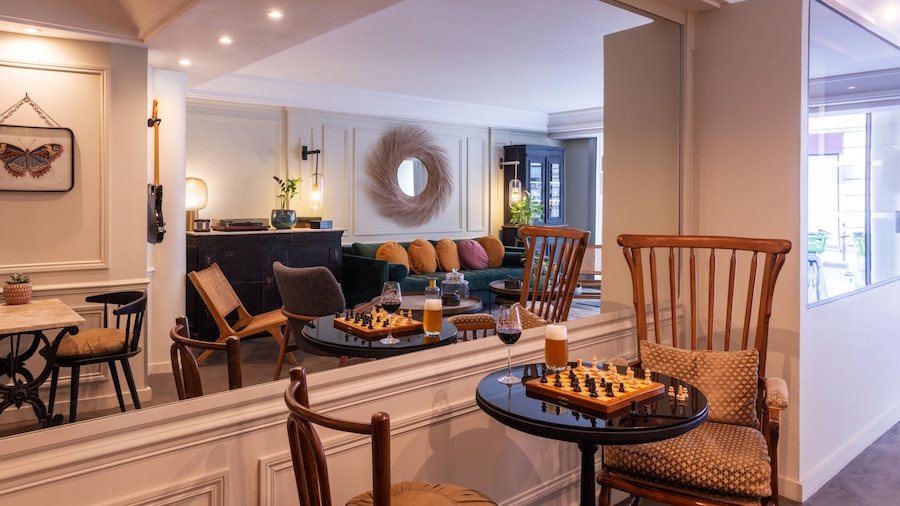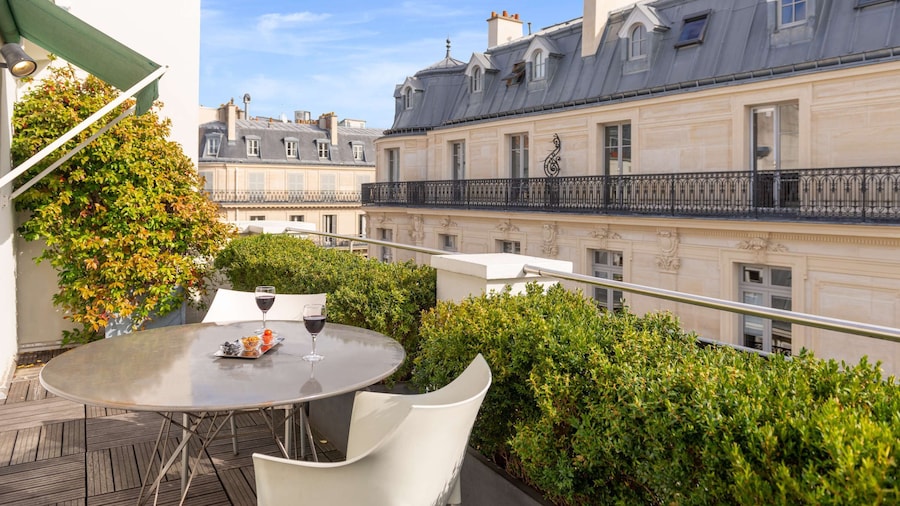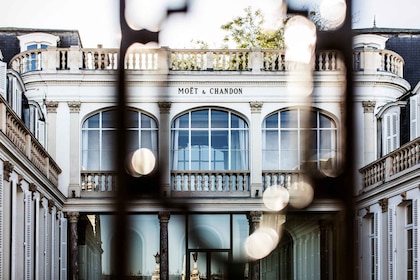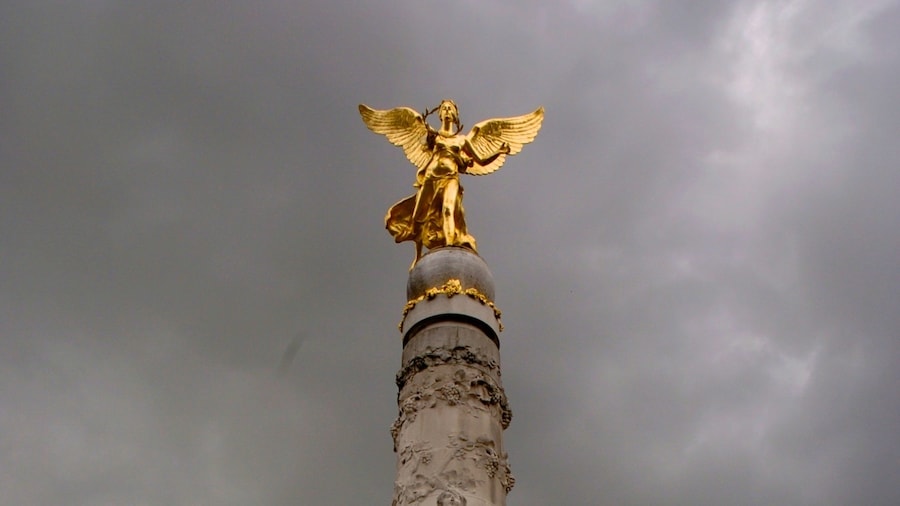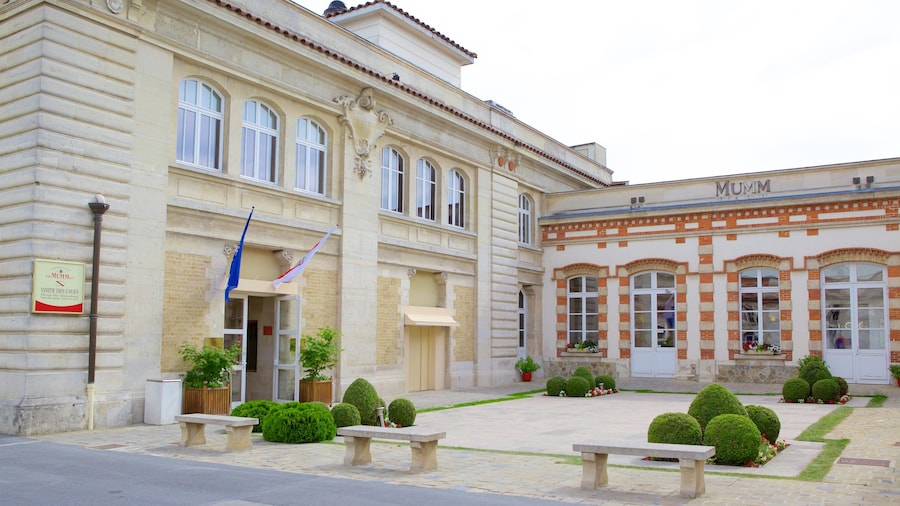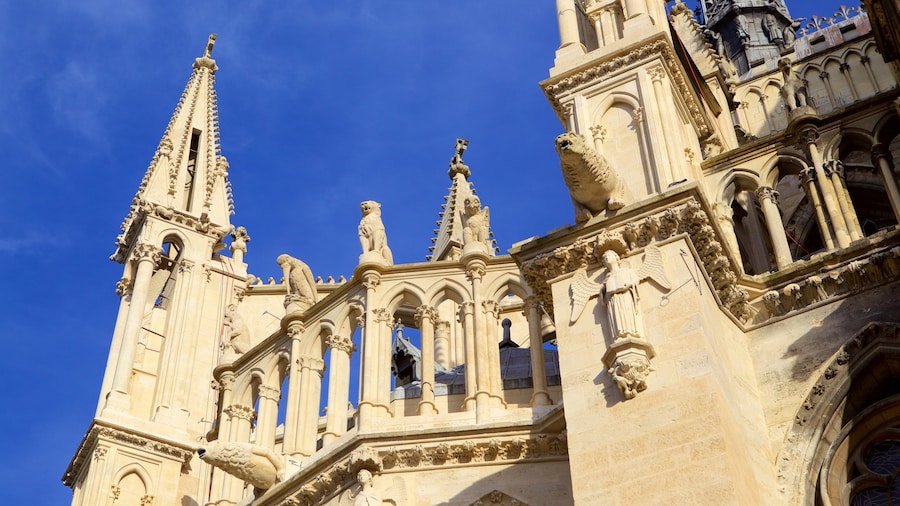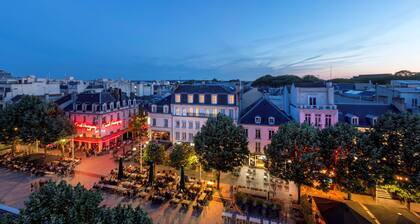The grand arch known as the Mars Gate (Porte de Mars) is a longstanding icon of Reims. Stand in awe of this Roman monument, which used to mark the entrance to Durocortorum, the Latin name for Reims. Though impressive from a distance, it’s best to get up close to properly appreciate the intricate details carved into the stone. Visit the gate to see one of the most impressive ancient sights in the region.
The gate is named after the Roman god of war, as it was located near a temple of Mars. Imagine how it would have appeared back in the 3rd century A.D., when it was one of four gates built around the edges of the old city with a grand statue on its plinth.
Take photos of one of the largest arched gates in Europe. The three-arched structure stands at about 43 feet (13 meters) tall, and is supported by eight columns. Look to the top of the columns to see examples of elegant Corinthian capitals.
Get closer to the gate to see the stories engraved into the stone. Look for the faded images depicting Romulus and Remus, the legendary founders of Rome, and for another showing Leda and the Swan. Under one of the arches is a calendar depicting the different seasons of agriculture.
The Mars Gate is located amid tranquil parkland. Follow the paths around tree-lined Les Hautes Promenades for a quiet walk after seeing the arch.
For further insight into life in Roman-era Reims, pair a visit to the gate with a trip to Musée Saint-Rémi, whose exhibits shine a spotlight on the Roman history of the town. Artifacts and remains of the ancient city are on display in galleries dedicated to the history of Durocortorum.
Visit the Mars Gate while exploring Reims on foot. The classical monument is less than 10 minutes away on foot from the train station and the town hall, while the cathedral is less than 15 minutes away. Parking is available across the road and on surrounding streets.


